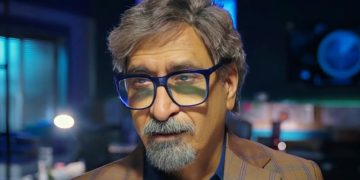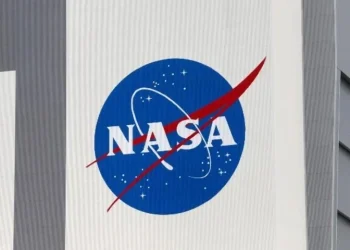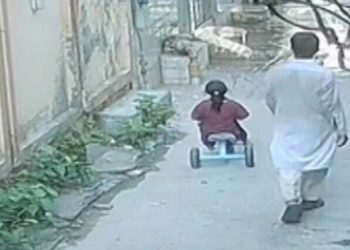WASHINGTON: An apparent micrometeoroid strike on a Russian Soyuz spacecraft will keep NASA astronaut and 2 cosmonauts may stay on space station for a full year after Soyuz leak. Three astronauts are apparently going to be away from their home planet for twice as long as originally planned.
Also read: AI set to takeover religious teachings
NASA’s Frank Rubio and cosmonauts Sergey Prokopyev and Dmitry Petelin launched toward the International Space Station (ISS) aboard a Russian Soyuz spacecraft on Sept. 21, 2022.
The trio was supposed to come home in March on that same Soyuz. But the vehicle, known as MS-22, lost all of its coolant after an apparent micrometeoroid strike last month, rendering it unfit to carry astronauts except in the event of an emergency. So Russia’s federal space agency Roscosmos has decided to launch an uncrewed Soyuz to the orbiting lab on Feb. 20 to bring Rubio, Prokopyev and Petelin back to Earth.
Also read: New battery technology may boast capacity by four times
However, that next Soyuz will stay docked at the ISS until its successor — a vehicle that will carry crew — is ready to go. That will likely be a while, so Rubio, Prokopyev and Petelin are getting a hefty mission extension.
“The plan is for Frank and Dimitri and Sergey to stay on board for several more months until they come home, probably [in] late September,” Dina Contella, NASA’s ISS operations integration manager, said during a press conference on Tuesday (Jan. 17).
Also read: Astronomers capture record-breaking radio signal from extremely distant galaxy
“We’re looking at the exact timing of that, but at this point, that would be when the vehicle would be planned to come home,” she said.
If “late September” means sometime after Sept. 21, then the MS-22 crew will end up staying aloft for a full year — something no NASA astronaut has ever done, as Ars Technica’s Eric Berger noted recently(opens in new tab).
Also read: Rare green comet loses part of its tail to solar storm
A few have come close. For example, Mark Vande Hei lived aboard the station for 355 days between April 2021 and April 2022. Scott Kelly and cosmonaut Mikhail Kornienko logged 340 days in space between March 2015 and March 2016, and Christina Koch was away from Earth for almost 329 days, from April 2019 to February 2020.
Of these missions, only that of Kelly and Kornienko was supposed to last so long. Their highly publicized “year in space” was designed to gather data about the effects of long-duration spaceflight on the human body, to aid planning for future crewed missions to Mars.
Vande Hei and Koch lived aboard the ISS longer than planned due to scheduling issues. Vande Hei’s extension, for example, was necessitated by Russia’s decision to launch filmmakers on the next Soyuz in line rather than a replacement astronaut crew.
Also read: Researchers use high-powered lasers to unlock secrets of Universe
But NASA biomedical personnel and mission planners are doubtless using the extra data generated during those unexpectedly long past flights — and they’ll probably study Rubio, Prokopyev and Petelin with the same outlook and intensity.
It may be mentioned here that Cosmonauts have lived off Earth for a full year continuously, by the way. Valery Polyakov holds the duration record for a single spaceflight, racking up 437 consecutive days(opens in new tab) aboard Russia’s old Mir space station in 1994 and 1995.




































